The Vietnam Commodity Exchange (MXV) said that last trading week (April 21-27), the world raw material market received strong buying power. At the close, the MXV-Index increased by nearly 2% to 2,217 points. The industrial raw material group attracted attention when it led the increase of the entire market, in which, at the end of the trading session on the weekend, the price of Arabica coffee reached 9,000 USD/ton - the highest level since early March. In contrast, oil prices turned to weaken amid concerns about future oversupply.
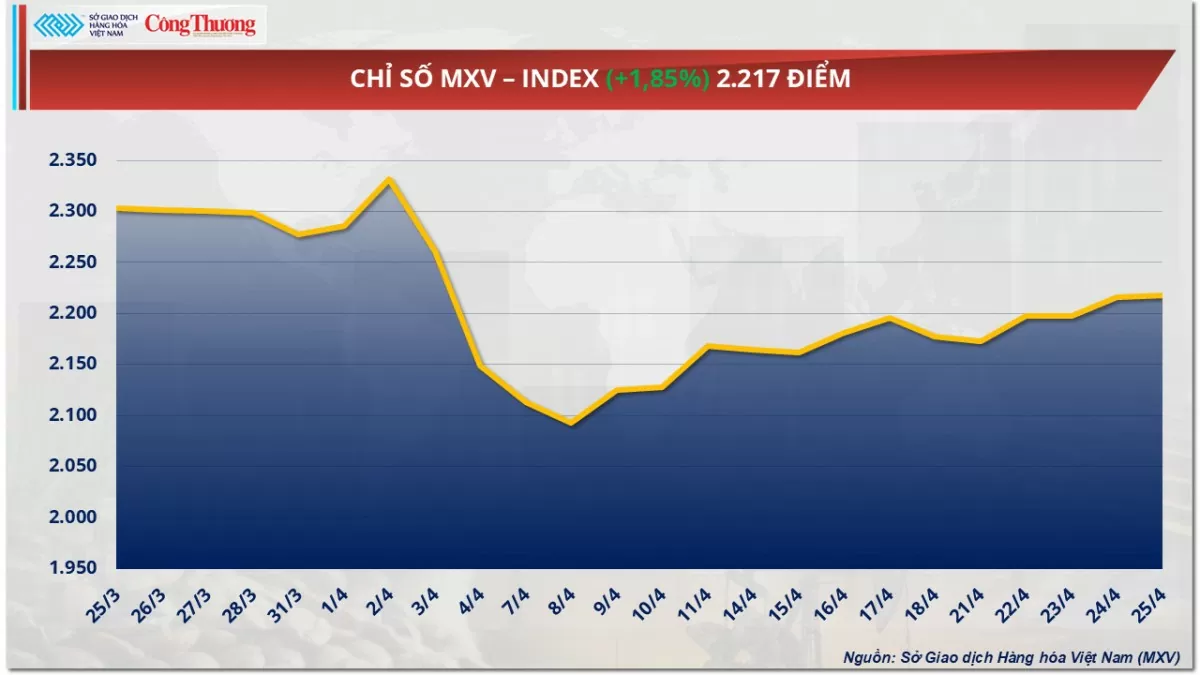 |
| MXV-Index |
Coffee prices hit $9,000/ton
At the end of the trading week, green covered most of the industrial raw material market. In particular, many items increased sharply in price. In the coffee market, the two items Arabica and Robusta had an impressive week of increase. At the end of the session, the price of Arabica coffee increased by 7.31% to 8,815 USD/ton; meanwhile, the price of Robusta coffee increased by 2.62% to 5,415 USD/ton. During the trading session on Friday (April 25), the prices of the two coffee items fluctuated strongly, with Arabica ending up climbing to its highest level in 7 weeks.
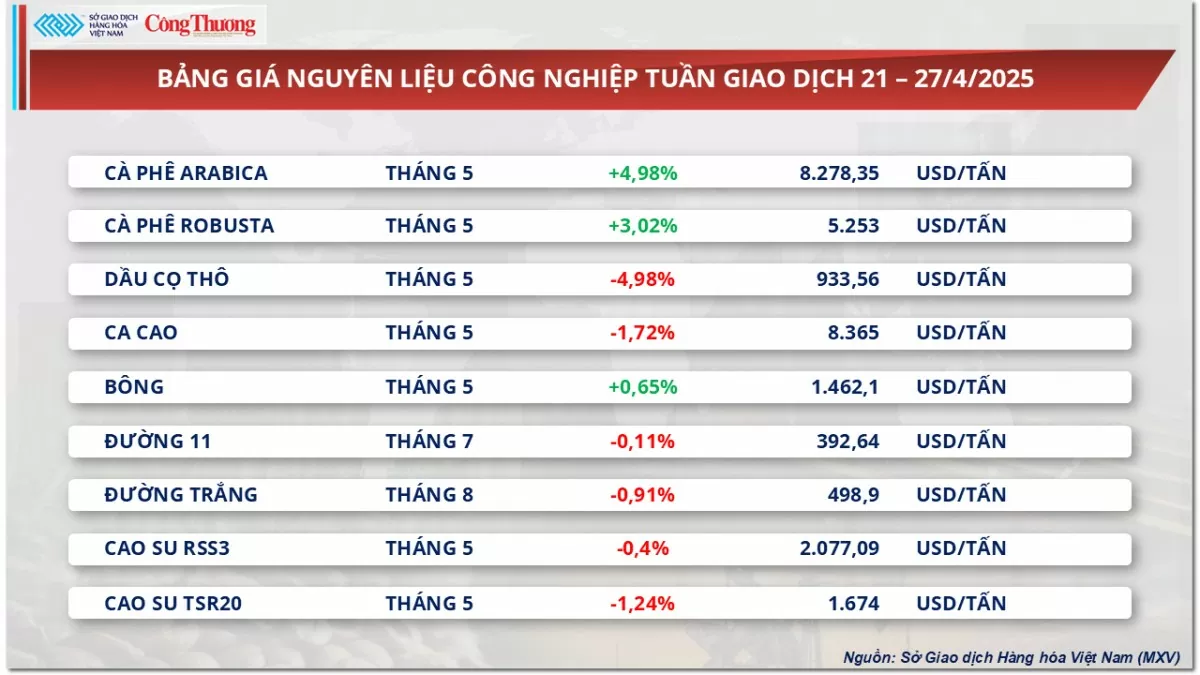 |
| Industrial raw material price list |
According to ICE data, the total number of Arabica coffee futures contracts ending on April 22 decreased by another 2.5% compared to April 15, with 146,006 contracts remaining. Meanwhile, the COT Arabica index released on the same day showed that the net position of hedge funds in the market increased again by 4.8%, reaching more than 36,920 lots, showing that this group is maintaining a dominant long position compared to short position.
 |
| Arabica coffee prices increased by 7.31% to $8,815 per ton; meanwhile, Robusta coffee prices increased by 2.62% to $5,415 per ton. |
Regarding the supply situation, according to the latest report from Hedgepoint Global Markets, Brazil's coffee production in the 2025-2026 crop year is forecast to reach around 63.8 million bags (60kg), of which Arabica coffee is estimated at 40.8 million bags, while Conilon Robusta coffee is expected to reach around 23 million bags. This forecast is 0.46% lower than the estimate in January and is in line with the average forecast for Brazil's coffee production in the next crop year. The Conilon harvest in Brazil has already begun, while the Arabica crop is expected to take place in the middle of the year.
Regarding Arabica coffee inventories, data from the ICE exchange as of April 25 recorded a total inventory of about 822,020 bags, up 0.75% from the previous day and up 3.32% from the previous week. Of which, inventories in Europe accounted for the majority with more than 757,500 bags (equivalent to 92.15% of total inventories), while in the US it was about 64,500 bags. Notably, more than 470,490 bags (57.2%) of the total coffee registered for storage in warehouses were certified as Brazilian Arabica coffee. In addition, the amount of coffee awaiting classification on April 25 was 66,566 bags.
In the domestic market, the price of green coffee beans recorded in the Central Highlands on April 28 was around 130,000 - 130,700 VND/kg. Specifically, the price of coffee on April 28 in Dak Lak fluctuated between 130,600 - 130,700 VND/kg, in Lam Dong it was 130,000 VND/kg, in Gia Lai it was 130,400 - 130,500 VND/kg and in Dak Nong it was 130,600 VND/kg.
World oil prices set for a weak week
According to MXV, world oil prices returned to a downward trend last week, despite the prospect of new trade agreements between major economies showing more positive signs. At the end of the week, Brent oil prices fell 1.6% to 66.87 USD/barrel, while WTI oil fell 1.55% to 63.02 USD/barrel. According to MXV, concerns about future oversupply were the main factor putting pressure on oil prices last week.
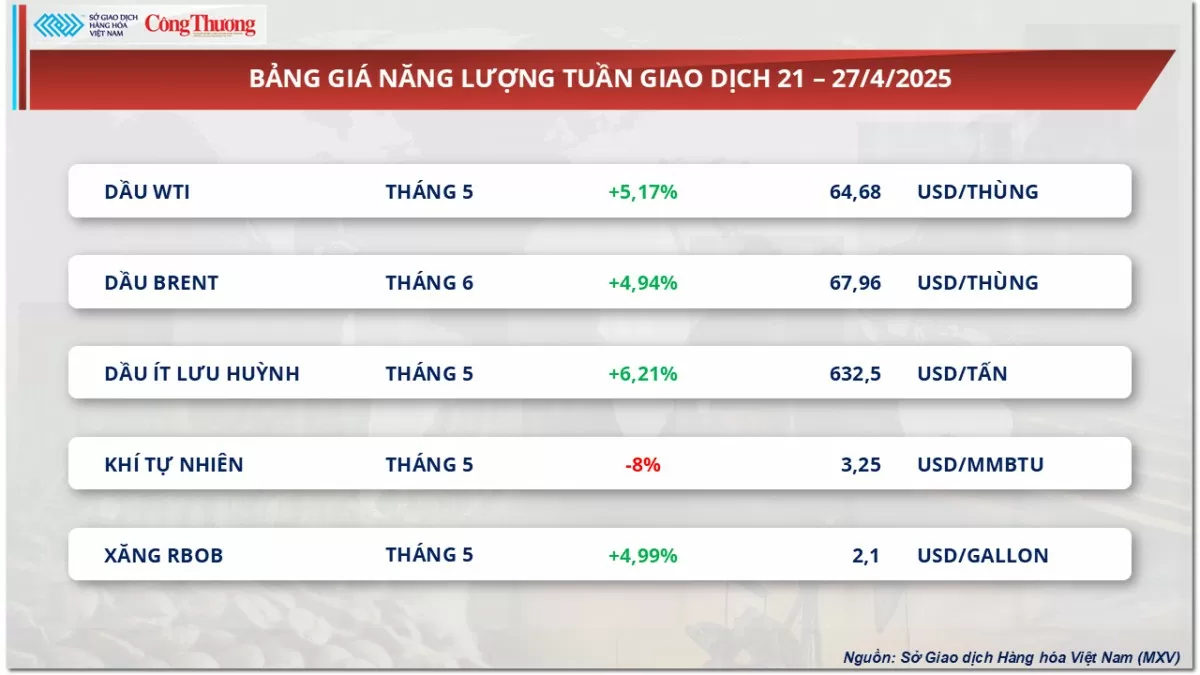 |
| Energy price list |
In fact, the market focus last week was on information surrounding the Organization of the Petroleum Exporting Countries and its allies including Russia (OPEC+), when some members proposed to accelerate plans to increase oil production in June 2025. Previously, OPEC+ unexpectedly increased production in May, from the initial plan of 135,000 barrels/day to 411,000 barrels/day, nearly three times the original plan.
With OPEC+ boosting production by 138,000 barrels per day in April, proposals to increase production further in June have raised concerns about a global oil glut. In fact, some member countries such as Iraq and Kazakhstan have consistently exceeded their allocated production quotas despite commitments to cut. Iraq maintained its exports in April, while Kazakhstan only reduced its output by 3% but still exceeded its quota by 129,000 barrels per day.
Concerns about oversupply have been heightened as some OPEC+ members such as Iraq and Kazakhstan have been producing above their allocated quotas. Iraq, despite pledging to cut 50,000 barrels per day, still saw its exports rise in April. Kazakhstan, meanwhile, has cut its output by about 3% but still exceeded its quota by 129,000 barrels per day. Kazakhstan’s energy minister has stressed that his country’s national interests are at stake and maintaining output at large projects operated by foreign companies rather than complying with OPEC+’s cuts.
Prices of some other goods
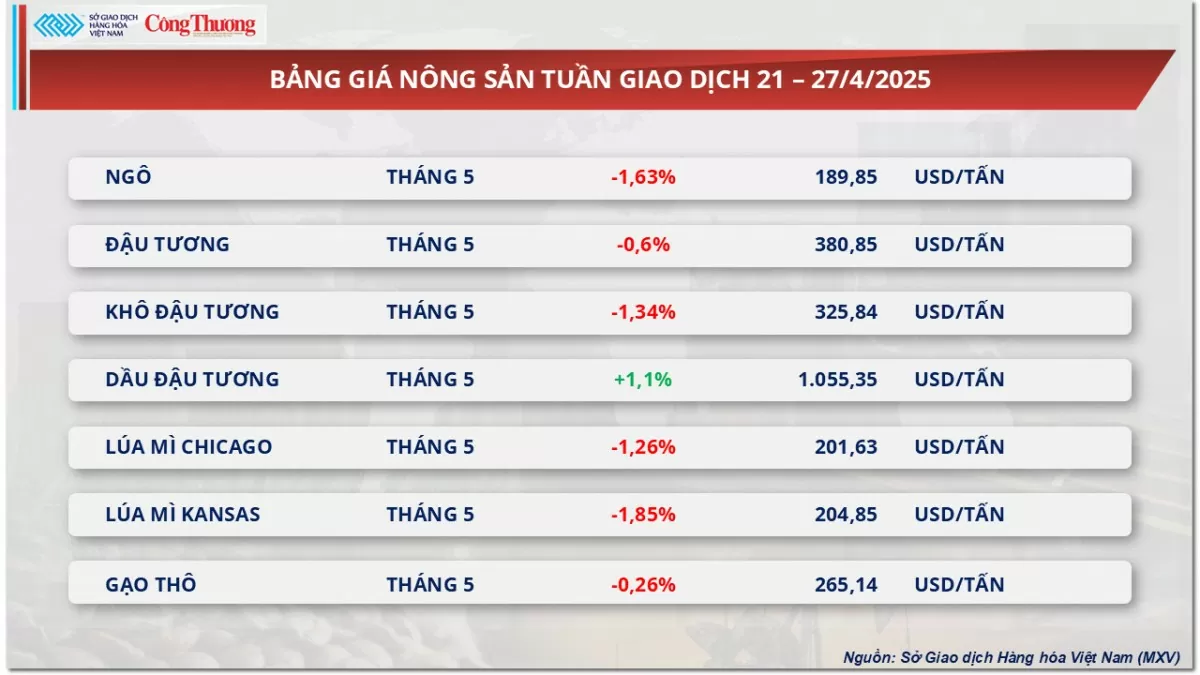 |
| Agricultural product price list |
 |
| Metal price list |
Source: https://congthuong.vn/gia-ca-phe-arabica-cham-moc-9000-usdtan-385187.html


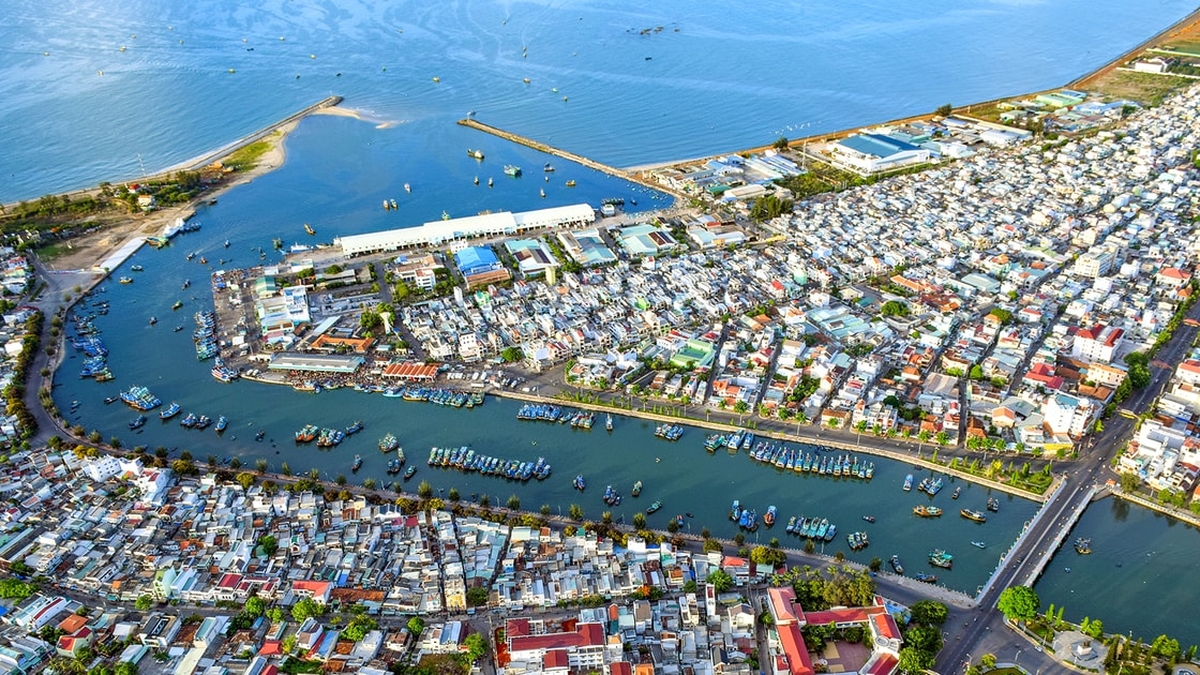


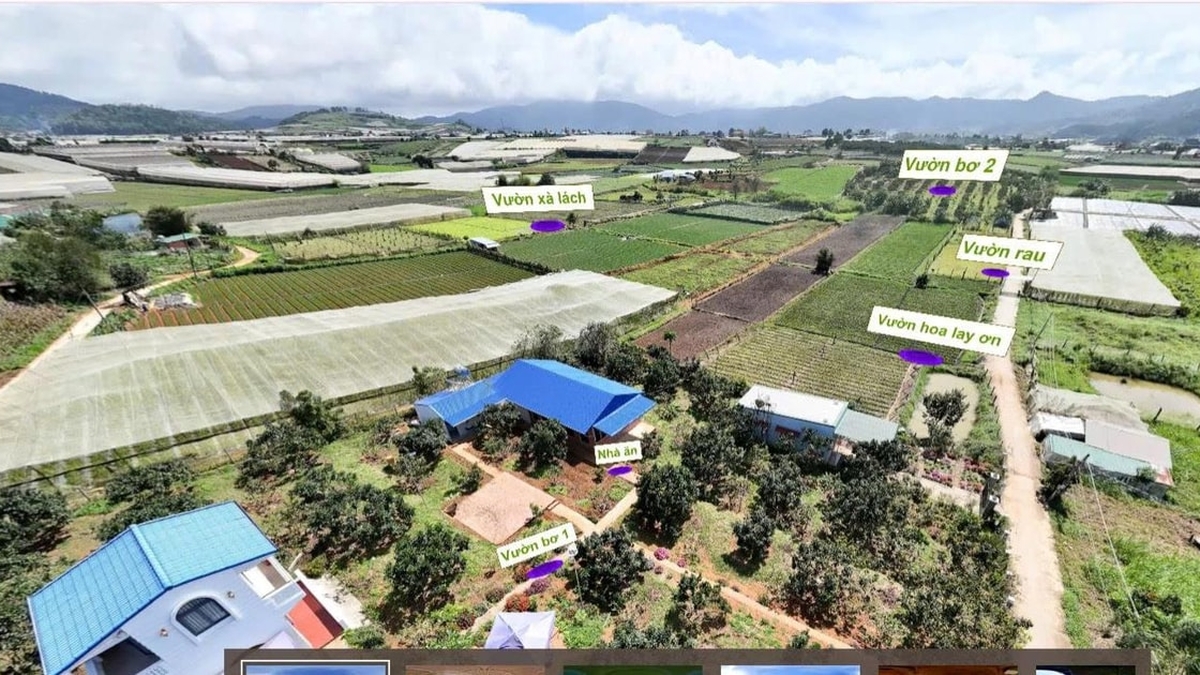






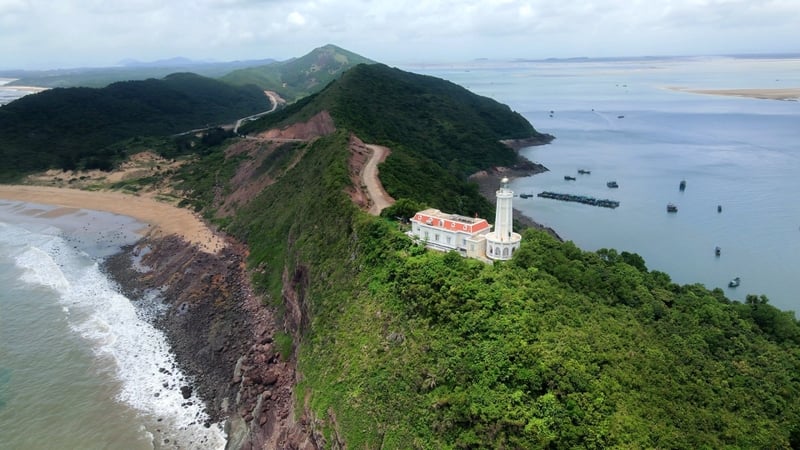










![[Photo] National Assembly Chairman attends the seminar "Building and operating an international financial center and recommendations for Vietnam"](https://vphoto.vietnam.vn/thumb/1200x675/vietnam/resource/IMAGE/2025/7/28/76393436936e457db31ec84433289f72)





























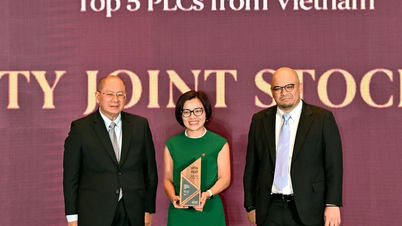








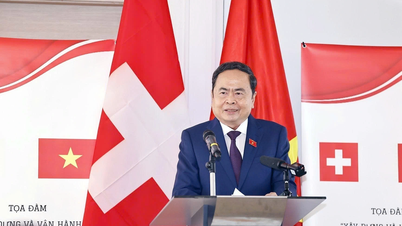






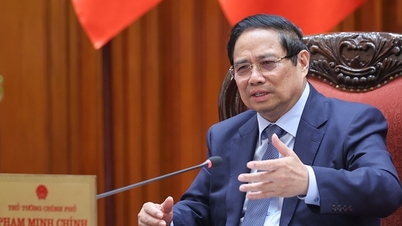




















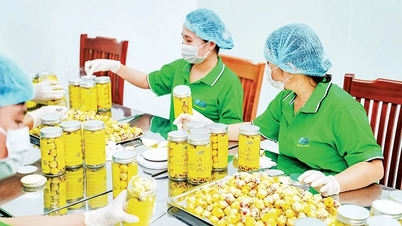









Comment (0)